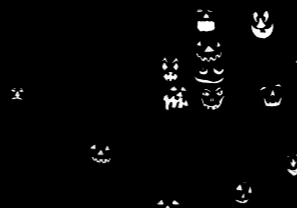
In my talk for IDEA Conference, I’ll be referencing the work of Denis Wood.
I’m so utterly intrigued by a particular long-term project he did back in the 80s, which ended up in an episode of This American Life.
In a blog post at the “Making Maps” blog, Wood goes into some detail about this project and how it managed to go from being a bunch of stuff in a box under his desk to one of the most popular episodes of TAL: Denis Wood: A Narrative Atlas of Boylan Heights « Making Maps: DIY Cartography
There was a lot we wanted to do. Certainly we wanted to use the mapping to help us figure out what a neighborhood was, but we also wanted to use the mapping as a kind of organizational tool, as a way of bringing the neighborhood together and helping it to see itself. This meant we wanted to be able to get copies of the atlas into the hands of the residents and so we planned a black and white atlas that could be cheaply reproduced on a copy machine. At the same time we wanted to make something beautiful, almost a livre d’artiste. I in particular was impatient with distinctions between art and science – it was an important part of my teaching that these distinctions were arbitrary and obfuscatory – and I wanted the atlas to read almost like a novel.
One thing I love about this story is how it breaks assumptions about what maps are, and what they’re for. How a map of a neighborhood shapes the identity if the neighborhood. Wood uses the term “mask” for what a map can do — it creates a mask that the place wears on its own face, for anyone who looks at the map. It constructs & reveals at the same time, a neighborhood’s crime patterns, underground tunnels & cisterns, or the spirit of its residents through where the jack-o-lanterns are on Halloween.
The map is a narrative. So what does that mean, when we create virtual places that are their own maps? It means our assumptions of what the map shows actually shape the neighborhood itself. Not just in the “social construction” sense of printed maps and physical neighborhoods, but quite literally in the sense of architecture.
What does it mean to be a resident of a neighborhood mapped as X vs one mapped as Y? What if, with the flip of a switch, the neighborhood could change between X and Y? Isn’t that what we’re making with our virtual spaces?


